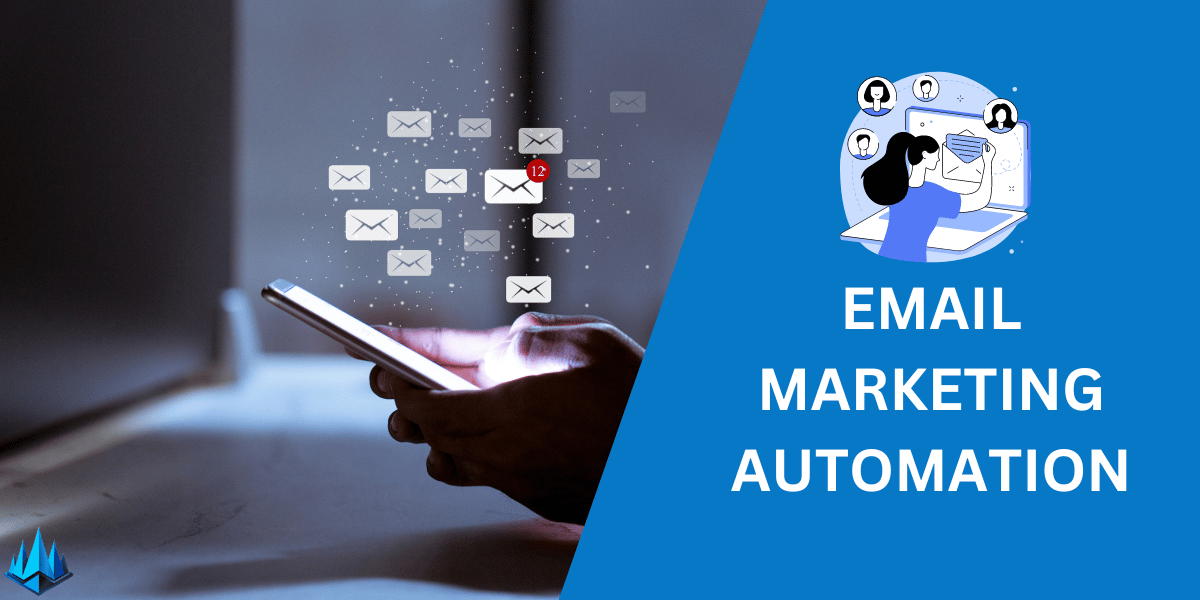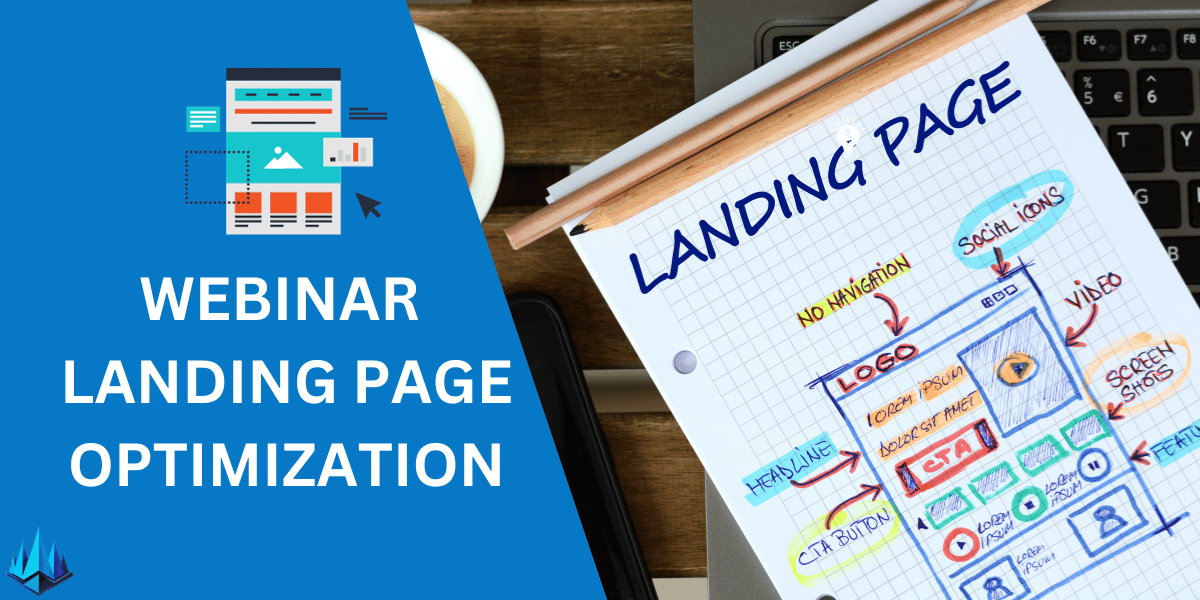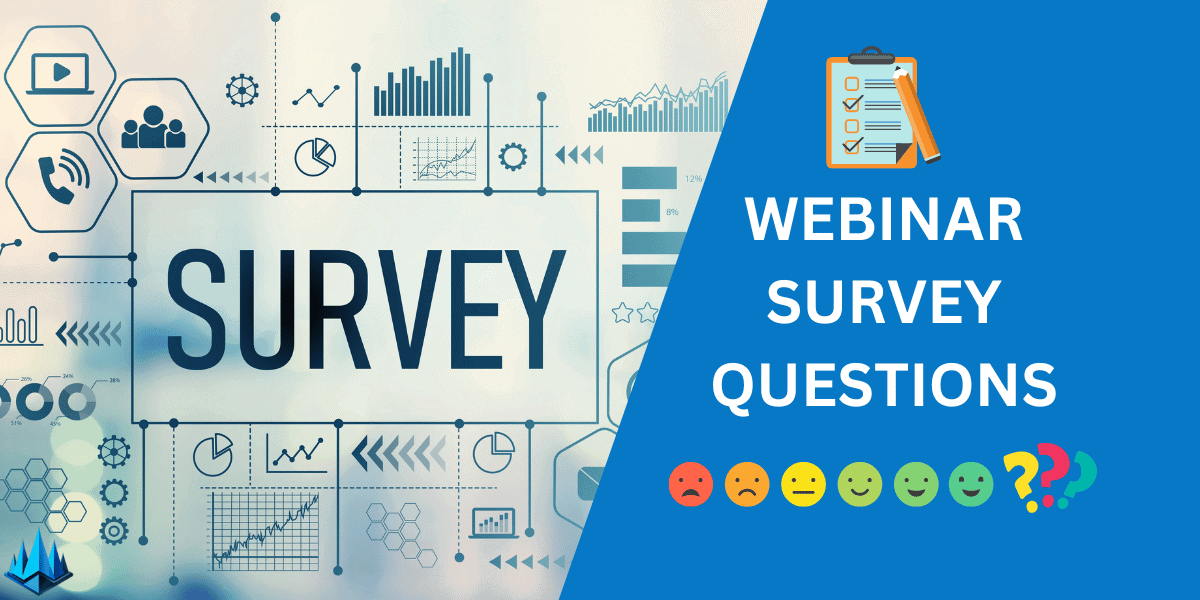Are you struggling to make the most out of your email marketing campaigns? Feeling overwhelmed with the constantly evolving digital landscape? You’re not alone. In the world of online marketing, email remains a powerful tool, but only if wielded effectively. The key to unlocking its potential lies in mastering email marketing automation.
Email marketing automation, automating your email campaigns, is more than just a time-saver; it’s a strategy to significantly enhance engagement, increase conversions, and drive up your ROI. However, navigating this terrain can be tricky. With trends changing each year, what worked in the past might not cut it in 2024. That’s where we step in.
In this post, we’ll dive into 29 proven strategies that can transform your email marketing automation from mundane to magnificent. These aren’t just theories; they’re practical, actionable insights that have shown tangible results. We’ll explore how you can personalize your campaigns, leverage data analytics, segment your audience, and much more.
- Email marketing automation is essential for modern marketing success.
- Overcome challenges in your email campaigns with 29 proven strategies.
- Learn about personalization, data analytics, audience segmentation, and more in 2024.
- Actionable insights for tangible results in email marketing.
Can Email Marketing Automation Elevate Your Business?
1. Leveraging AI for Predictive Analysis
In my experience, integrating AI into email marketing automation can significantly boost campaign effectiveness. By analyzing customer data, AI predicts future buying behaviors, allowing for hyper-targeted content. This strategy has consistently improved engagement rates in my campaigns.
2. Personalized Email Journeys
Personalization is key. I’ve found that creating tailored email journeys based on user interactions leads to higher conversion rates. This approach makes each recipient feel understood and valued, enhancing brand loyalty.
3. Segmentation for Focused Targeting
Segmenting your email list based on demographics, behavior, or purchase history can greatly improve response rates. I’ve seen a dramatic increase in engagement when emails are specifically tailored to segmented groups.
4. Automated Behavioral Triggers
Automating emails based on user behavior, like cart abandonment or browsing history, has been a game-changer for me. This timely and relevant approach keeps your brand top of mind.
5. Dynamic Content Integration
Using dynamic content that changes based on the recipient’s preferences or past behavior can make your emails feel bespoke. In my campaigns, this strategy has significantly increased click-through rates.
6. Regular A/B Testing
Consistently testing subject lines, content, and design has helped me refine my email strategies. A/B testing ensures your approach stays effective and relevant.
7. Mobile-Optimized Emails
Given the prevalence of smartphones, optimizing emails for mobile devices is crucial. I’ve noticed a substantial improvement in engagement when emails are mobile-friendly.
8. Lead Scoring for Better Targeting
Implementing lead scoring in your email marketing allows you to prioritize and tailor communications to those most likely to convert, streamlining your efforts.
9. User-Friendly Email Design
Simple, clean designs with clear calls-to-action have consistently performed better in my campaigns. An intuitive layout is key to keeping the reader’s attention.
10. Strategic Email Timing
Timing your emails can make a big difference. Analyzing when your audience is most likely to open emails can increase your success rate.
11. Welcome Email Series
A well-crafted welcome email series sets the tone for your relationship with new subscribers. I’ve found that this initial engagement boosts long-term interaction.
12. Educational Content for Engagement
Providing valuable, informative content keeps your audience engaged and establishes your brand as an authority, fostering trust and loyalty.
13. Consistent Email Branding
Maintaining a consistent brand voice and aesthetic in your emails strengthens brand recognition and trust. This consistency has been key in my email marketing success.
14. Customer Feedback Surveys
Including surveys in your emails is a great way to gather insights while engaging your audience. Feedback helps tailor future strategies.
15. Re-engagement Campaigns
Targeting inactive subscribers with re-engagement campaigns can revive interest. Personalizing these emails based on past interactions has been particularly effective for me.
16. Automated Birthday and Anniversary Emails
Sending automated birthday or anniversary emails adds a personal touch that can enhance customer loyalty. These small gestures have a big impact.
17. Seasonal and Holiday Campaigns
Leveraging seasonal trends in your email marketing can boost engagement and sales. Tailoring content to the time of year connects your brand with current customer experiences.
18. Referral Programs
Encouraging referrals through email campaigns expands your reach. Offering incentives for referrals has significantly increased my subscriber base.
19. Integration with Social Media
Linking email marketing with social media efforts creates a cohesive brand experience. Sharing social content via email broadens your reach.
20. Use of Video Content
Incorporating video into emails can increase engagement. Videos offer an engaging way to convey your message and stand out in the inbox.
21. Clear Unsubscribe Options
Providing a straightforward way to unsubscribe may seem counterintuitive, but it builds trust and ensures your list is filled with engaged subscribers.
22. Regular List Cleaning
Periodically removing inactive subscribers keeps your list healthy and improves overall engagement rates. This practice has been crucial for maintaining a high-quality list.
23. Exclusive Offers for Subscribers
Offering exclusive deals or content to email subscribers fosters a sense of exclusivity and value, encouraging more sign-ups and engagement.
24. Email Series for Product Launches
Using a series of emails to build anticipation for a product launch creates excitement and drives sales. This staggered approach has been effective for several of my launches.
25. Storytelling in Emails
Incorporating storytelling into your emails can make your content more relatable and memorable. Sharing brand stories or customer testimonials creates a deeper connection.
26. Data Privacy Assurance
Reassuring subscribers about data privacy is vital in today’s digital landscape. Emphasizing your commitment to privacy has increased trust in my campaigns, enhancing subscriber retention.
27. Interactive Email Elements
Interactive elements like polls, quizzes, or clickable sections can increase engagement significantly. In my experience, these features encourage active participation rather than passive reading.
28. Cross-Promotion with Partners
Collaborating with complementary brands for cross-promotion in emails can broaden your reach. This strategy has allowed me to tap into new audiences while providing added value to subscribers.
29. Continuous Learning and Adaptation
Finally, the digital marketing world is ever-evolving. Staying informed and being willing to adapt your strategies is crucial. I make it a point to continuously learn and evolve my email marketing automation tactics to stay ahead.
Incorporating these 29 strategies into your email marketing automation can transform your campaigns, making them more effective and engaging. It’s about understanding your audience, leveraging technology, and being creative in your approach. Remember, the key is to be adaptive and always strive for improvement.
Why Is Email Automation Critical?
In the ever-evolving landscape of digital marketing, understanding why email automation is critical can be the turning point for any business strategy. Integrating email marketing automation with CRM (Customer Relationship Management) systems transforms how businesses interact with their customers. This integration allows for a seamless flow of customer data between your email platform and CRM, enabling highly personalized and targeted email campaigns. The power of analytics in this setup cannot be overstated. By analyzing customer interactions and behaviors through your CRM, email automation can be fine-tuned to deliver content that resonates with your audience at the right time. This data-driven approach not only increases the efficiency of your marketing efforts but also significantly boosts engagement and conversion rates. In my experience, leveraging CRM integration and analytics in email marketing automation has been a game-changer, providing deeper insights into customer preferences and behaviors, and enabling more effective and impactful marketing strategies.
Final Thoughts
As we wrap up our exploration of email marketing automation, it’s clear that this isn’t just a trend—it’s a fundamental shift in how businesses communicate with their audiences. The beauty of email marketing automation lies in its ability to create personalized, timely, and relevant interactions with customers at scale. It’s no longer about bombarding inboxes with generic messages; it’s about crafting targeted, meaningful conversations that resonate with each recipient. This approach not only elevates the customer experience but also drives significant improvements in engagement, loyalty, and ultimately, conversions. From my perspective, any business aiming to thrive in the digital age must embrace and adeptly utilize email marketing automation. It’s not just an option; it’s an essential component of a successful digital marketing strategy, offering unparalleled opportunities to connect with your audience in a way that’s both efficient and effective.
Frequently Asked Questions
What Is Email Marketing Automation?
Email marketing automation refers to the use of software to automate the process of sending out emails to customers and prospects. It allows businesses to schedule and trigger emails based on specific actions, behaviors, or time intervals, ensuring timely and relevant communication with their audience.
How Does Email Marketing Automation Benefit My Business?
Email marketing automation benefits businesses by saving time, increasing efficiency, and allowing for targeted and personalized communication. It enables the delivery of relevant messages to the right people at the right time, enhancing customer engagement and potentially increasing conversion rates and customer retention.
Can Email Marketing Automation Integrate With Other Business Tools?
Yes, email marketing automation can integrate with a wide range of business tools, including CRM systems, e-commerce platforms, and analytics tools. This integration allows for a more seamless flow of data, enabling more targeted and effective email campaigns based on customer behaviors and preferences.
Is Email Marketing Automation Suitable for Small Businesses?
Absolutely. Email marketing automation is not just for large corporations; it’s highly beneficial for small businesses too. It helps to efficiently manage customer communications with limited resources, providing a professional level of service that can help small businesses grow and retain their customer base.
How Do I Measure the Success of My Email Marketing Automation Campaigns?
The success of email marketing automation campaigns can be measured through various metrics such as open rates, click-through rates, conversion rates, and overall ROI. Analyzing these metrics provides insights into campaign effectiveness and areas for improvement, allowing for data-driven decision-making and strategy refinement.











